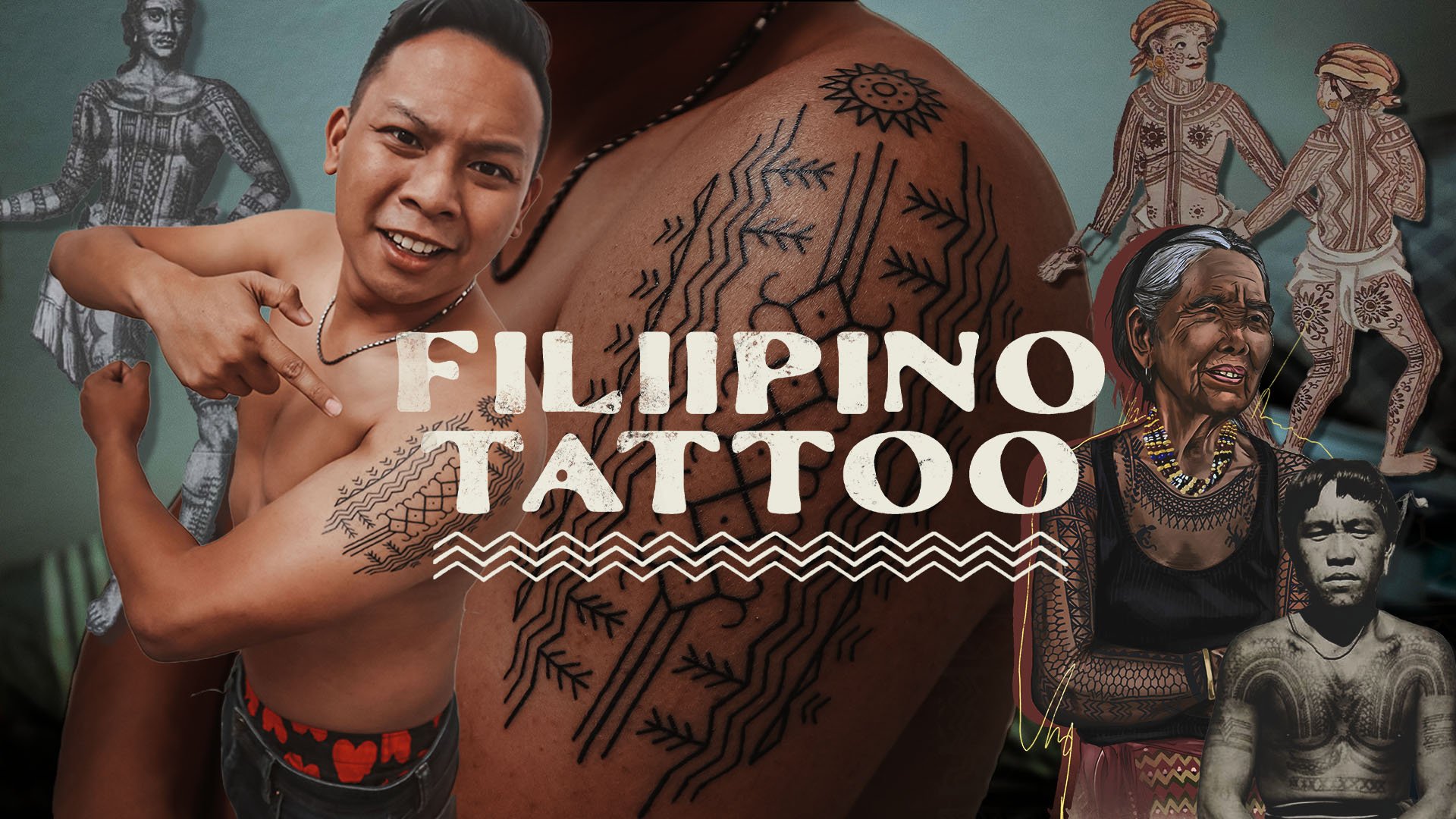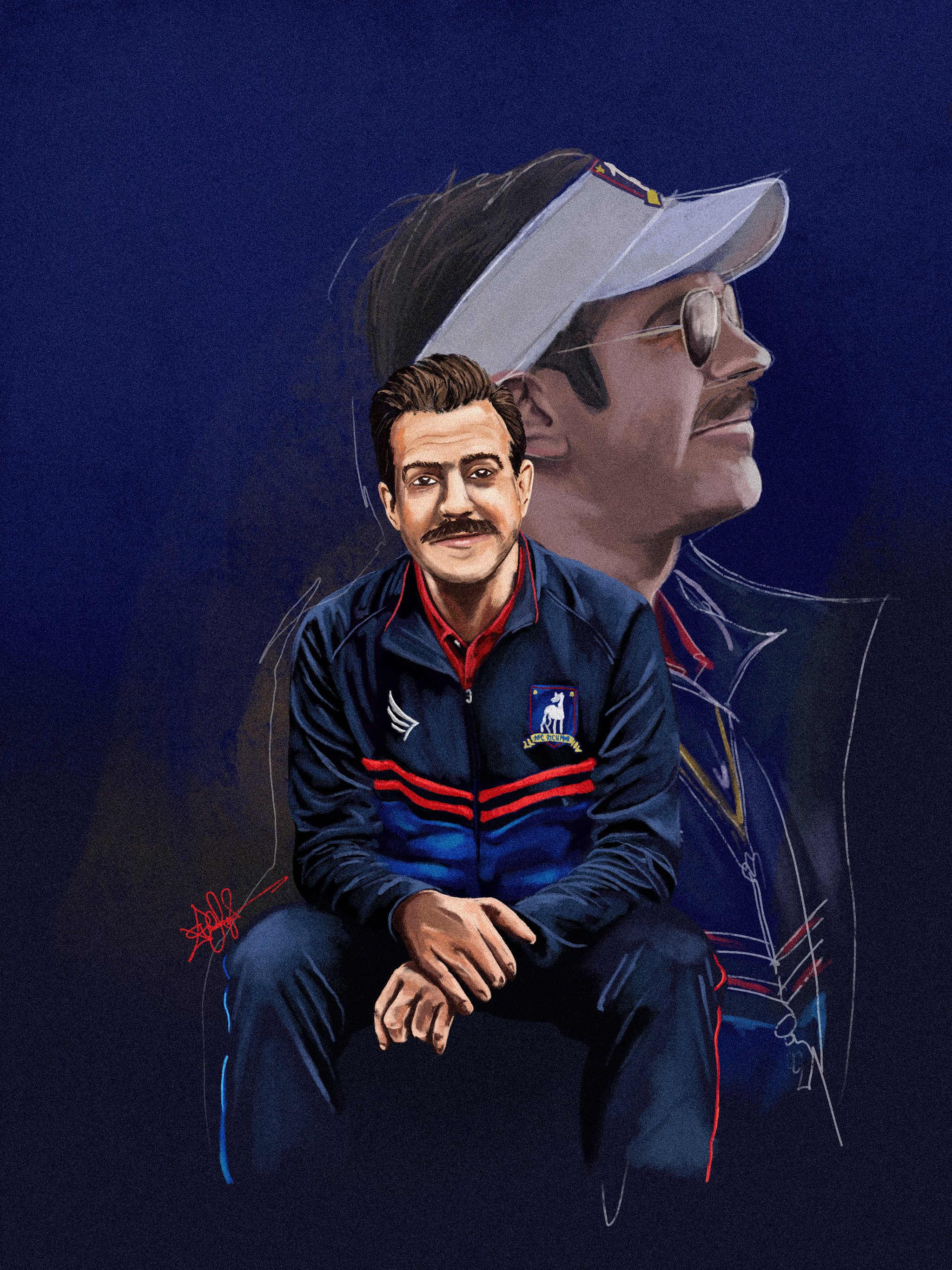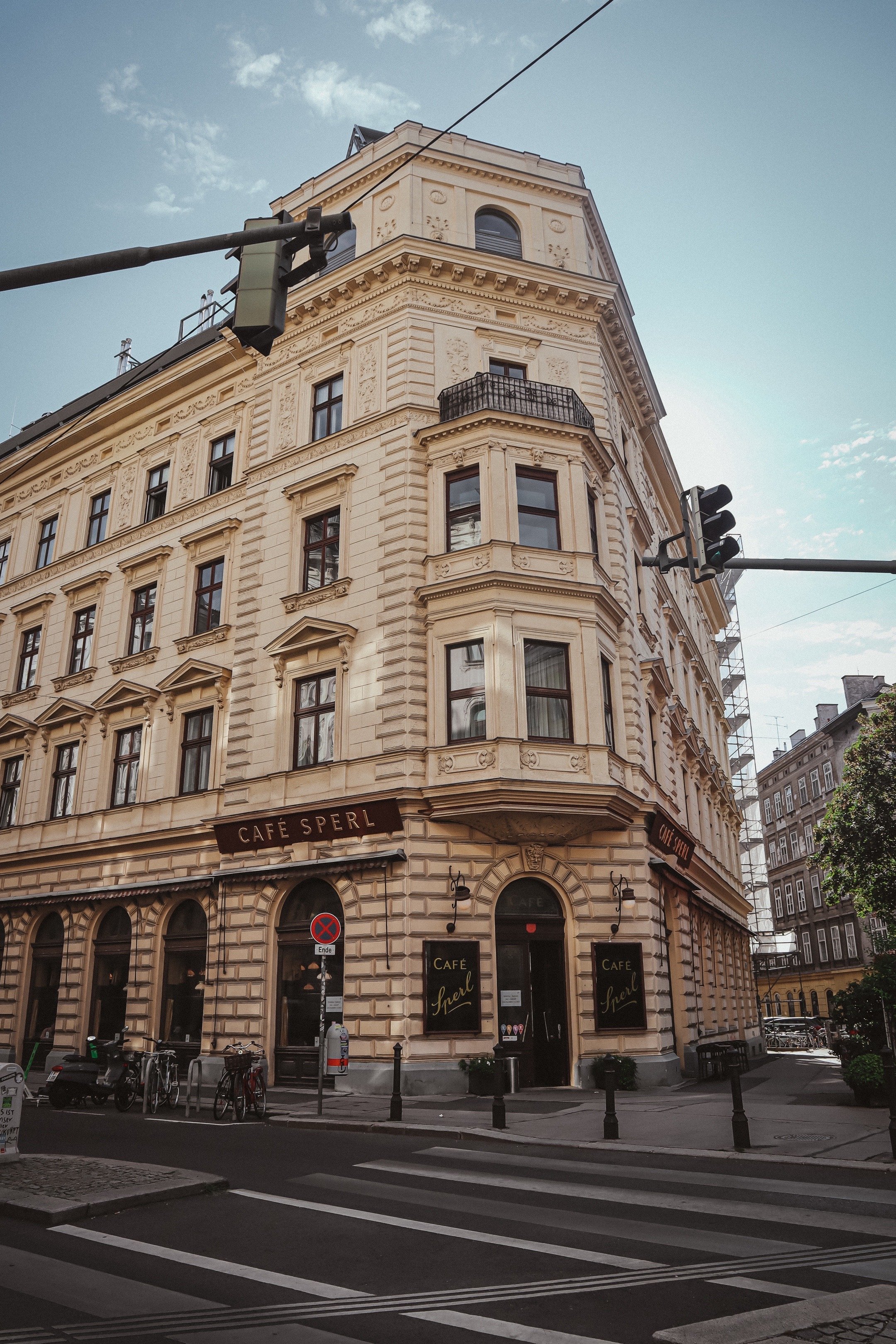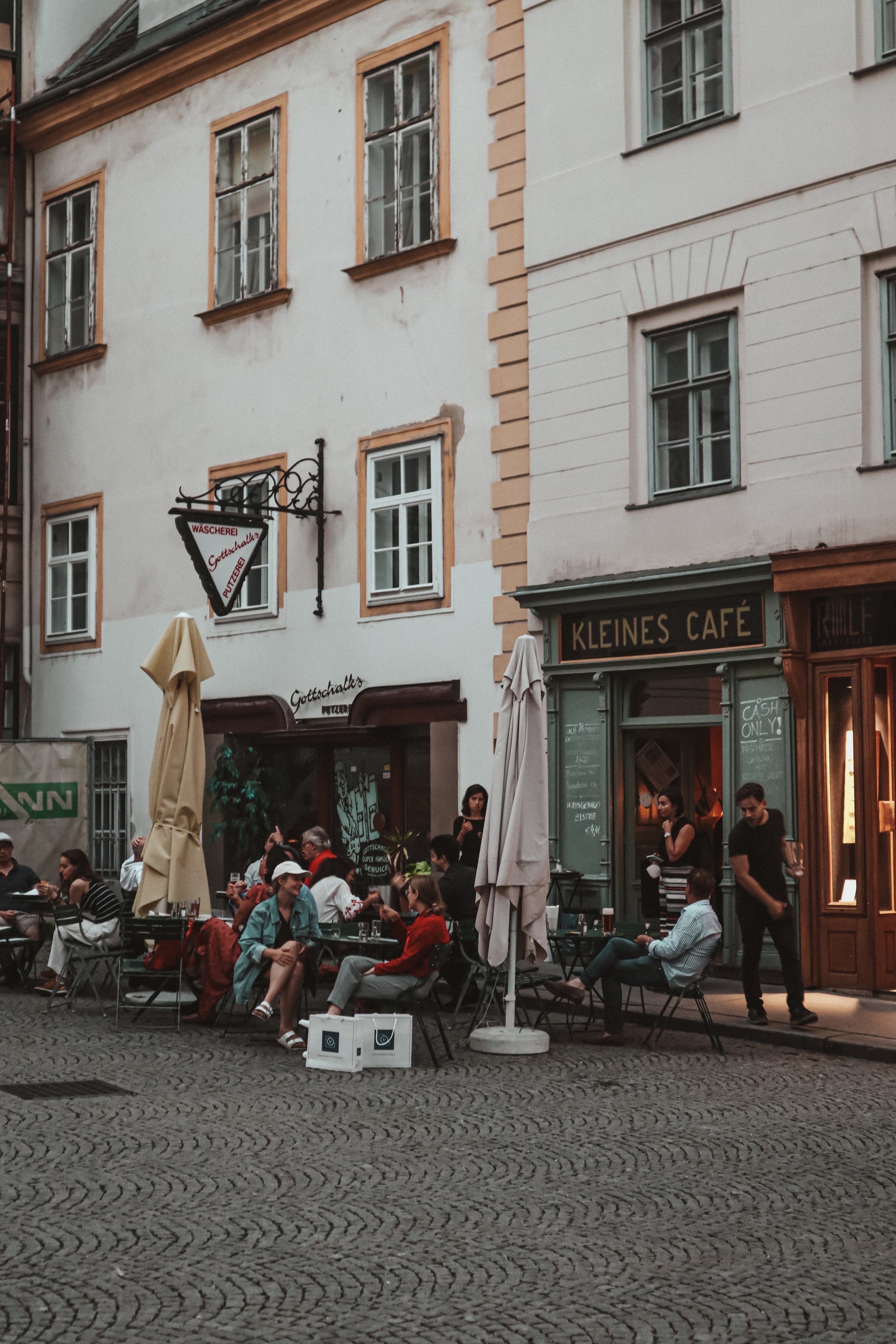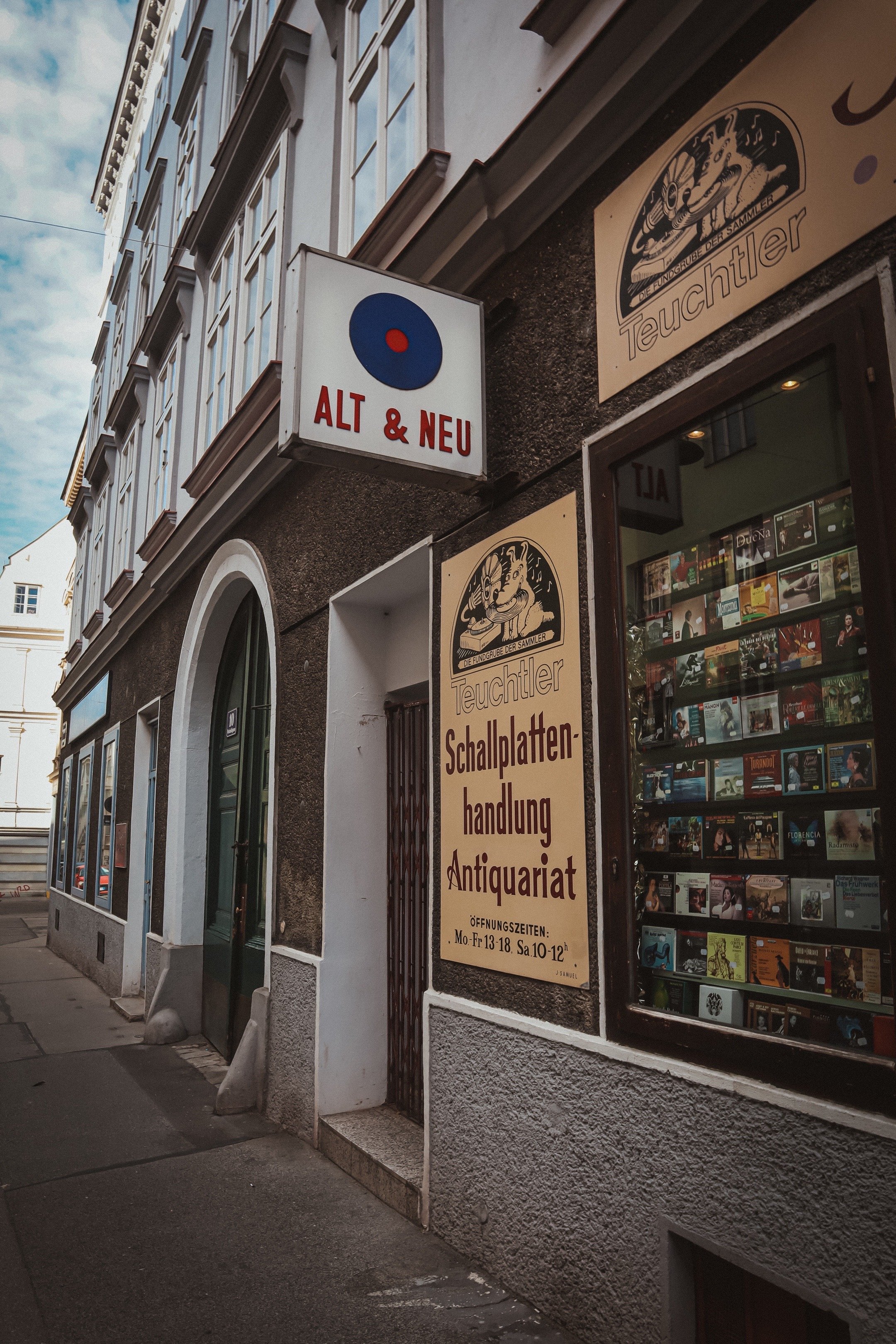Wet markets vs. Supermarkets
The term wet market doesn’t have the best connotation these days. We don’t really need to get into why that is. I’m sure your own recent memories of world events will do the trick.
But the plain definition of wet market doesn’t always refer to unsanitary hubs where wild, endangered animals are bought and sold. A wet market is simply a marketplace selling fresh foods such as meat, fish, produce and other consumption-oriented perishable goods in a non-supermarket setting. The most probable reason why it’s called a wet market is because the ice used to keep fish fresh often melts all over the floor. Ironically, a measure of food safety.
The stigmatization of wet markets is pretty harmful, given the fact that a very large portion of the world relies on these markets for food and income. And on my visits to places like the Mae Sot Refugee Market in Thailand or the Mercado Central in Guatemala, I’ve found them truly fascinating. Teeming with activity.
While it’s easy to think that wet markets will eventually be abandoned in favor of modern supermarkets as countries get wealthier and life gets easier, this isn’t necessarily the case. In some cases, like in parts of Vietnam, people found it harder to trust supermarkets without the relational history that the wet market invited.
That made me curious, what are the pros and cons to wet markets versus supermarkets and what leads people to prefer one over the other?
This is the subject of my newest video, one that was filmed across four different continents, as well as the grocery store down my street.
Where the world gets its food…
My fascination with the grocery store in various countries began early… on some of my early trips growing up. I remember being fascinated by the widespread availability of rabbit in Spanish supermarkets and the junk food aisle at an Australian grocer. None of it was too particularly different, but I would stare at the rows of Smith’s crisps and endless varieties of TimTams and think about how the simple detail of what junk food products were familiar would look totally different if I had grown up here.
Since that point I’ve gone grocery shopping on every continent that has a grocery store. Shoprite in Zambia, Lotte Mart in Korea, and Billa in Austria. It’s gotten to the point where I consider a trip to the grocery store as essential to visiting a place as seeing its most famous landmark. After all, I travel to get a sense for how people live around the world, and locals don’t tend to hang out at the landmarks. A grocery store on a weeknight, though? That’s where you get a glimpse of the most ordinary settings. People’s daily rhythms.
If you want to get to know a place well, you should visit its market. Whatever that looks like.
As a student in Italy, I found myself enamored with a Conad Express right outside my front door. If you’ve spent some time in Italy, there’s nothing exceptionally glamorous about Conad, and the one I lived by happened to be a bit small and tight. But it had the most impressive selection of cheeses, breads, and the kinds of things you’d find in a charcuterie. Being able to throw together a simple but satisfying baguette for lunch was so delightful. The wine section of this supermarket was also impressive, selling fantastic chianti at very basic prices. It felt like a truly Italian flex.
I often say that Italy was where I learned how to cook. That’s because the grocers there sold things in such small quantities I could manage to drop in daily and simply pick up what I needed, without worrying that all the extra zucchini I had leftover would go bad. The food did go bad quicker than I was used to, which also helped me realize the amount of preservatives in the things I usually consumed.
Less than a year after this experience, I found myself living in Argentina, with yet a totally different experience. In most ways it felt closer to the large-quantity oriented groceries I was used to back in the U.S. I discovered where the pre-made milanesa was kept, though, and I loved being able to make one of the local favorites on my own.
In the middle of one of these grocery runs, I let myself pause for a moment and just take a mental recording of the people shuffling in and out. Buenos Aires on a weeknight was full of urban hustle, and the grocery store offered a bit of warmth during spring temperatures that were starting to cool off.
I was a foreigner to the country, a newcomer to the city, but in that little moment, I felt a strange sense of belonging. I felt like I was part of the scene, and even though I was taking this short grocery run all on my own, what I felt was this strong sense of connection. I’ve heard others describe these scenes of being alone but not lonely, and they often just sneak up on you when you don’t expect. Usually in semi-crowded areas of very ordinary spaces. The subway. A plaza. The grocery store.
The grocery store uses the exact same scene to show us that we’re all pretty different from each other, and that we also have so much in common. It’s the great paradox that every traveler comes to befriend.















































